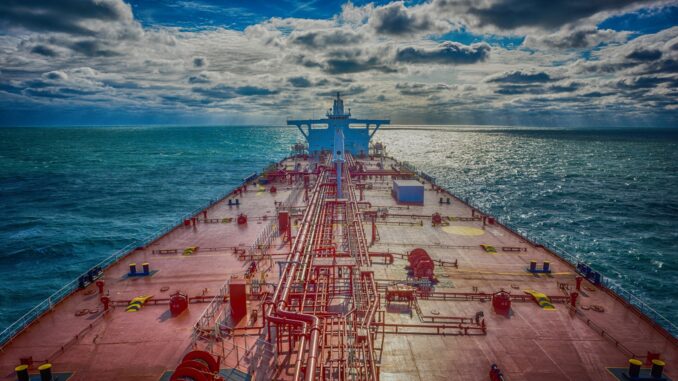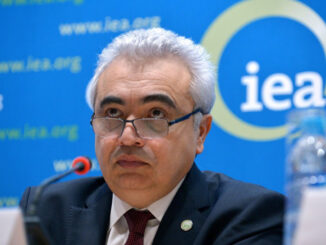
As Iran remains hopeful that a revived nuclear deal will enable it to ramp up crude exports soon amid favorable market conditions, the question is just how quickly its traditional customers would be willing to return as buyers.
Iranian crude customers were swift to return after the 2015 nuclear deal came into force in January the following year, with traditional buyers in France, Greece, Italy and Spain as well as Japan and South Korea all buying the Opec member’s oil — and condensate — again.
Iran will target its customers in Europe and Asia if a new nuclear deal is finalized, but buyers might be more reluctant to sign up this time around, a senior Iranian oil source told Energy Intelligence.
Possible Obstacles
One obstacle to Iranian oil sales in case of a revived nuclear deal would be any future involvement of the powerful Revolutionary Guard, which is understood to have handled the country’s clandestine crude exports for some time now, according to the source.
Any perceived threat from lingering sanctions not related to the nuclear deal and difficulties in carrying out financial transactions might also lead to hesitation among traditional buyers, the source added.
There is also the question of whether — even if Washington and Tehran agree on a deal — the next US administration would remain committed to it or withdraw, as happened under the Trump presidency in May 2018 when the US pulled out of the hard-fought Joint Comprehensive Plan of Action (JCPOA) agreed under the Obama administration.
Combined with a generally skeptical view of doing business with the Islamic republic, it is likely that customers “will be reluctant to sign with Iran” this time round, the source said.
On the other hand, refining sources have pointed out that an EU embargo on Russian crude that takes effect in December and the limited capacity of other Mideast producers to supply additional sour barrels has reinforced the appeal of Iranian crude in Europe, which faces a harsh winter of fuel shortages.
Iran’s oil exports have fluctuated somewhere between 600,000-900,000 barrels per day in recent months, according to different estimates, and the potential is for an additional 1 million b/d to come to market within about six months if the JCPOA is indeed being revived.
According to business intelligence firm Kpler, Iranian crude exports stand at around 530,000 b/d this month so far, down from roughly 760,000 b/d in July and 880,000 b/d in June.
Eyeing China, India
In case of a new nuclear agreement, Iran could also start selling more crude volumes to China and India if it starts undercutting the price of Russian oil heading east, the source said.
“India and China would come back if they get more discount” compared to Russia, according to the source.
China has remained the sole major buyer of Iranian crude since the US pulled out of the JCPOA.
Both China and India have begun to import more volumes of discounted Russian barrels in recent months as Western buyers — and European countries in particular — have tried to reduce their dependence on both oil and gas imports from Russia.
When or even if the nuclear deal could be revived remained uncertain on Friday.
Foreign Minister Hossein Amir-Abdollahian was quoted by Iran’s state-run Press TV as saying talks were in the “final stages,” but that concluding a deal would depend on the US adopting a more realistic approach.
A day earlier, US National Security Communications Coordinator John Kirby had stressed that “we are closer now than we were even just a couple of weeks ago because Iran made the decision to make some concessions.”



